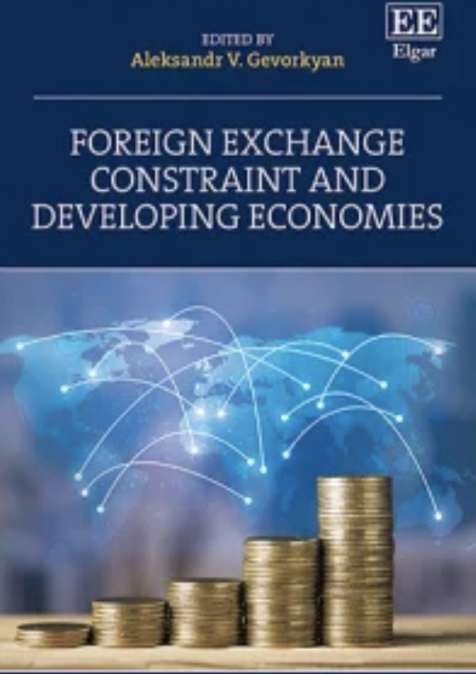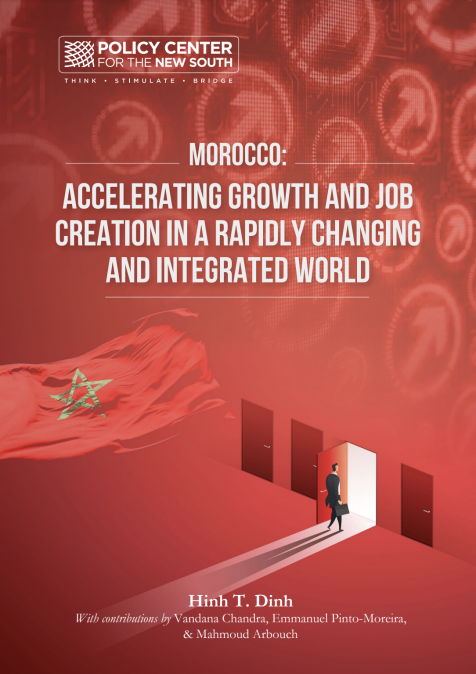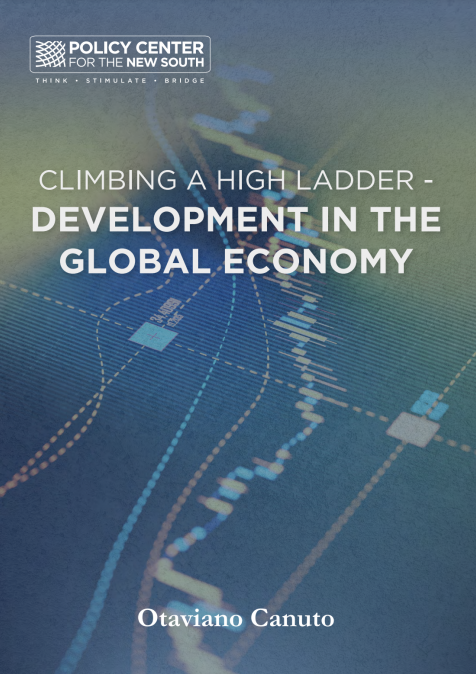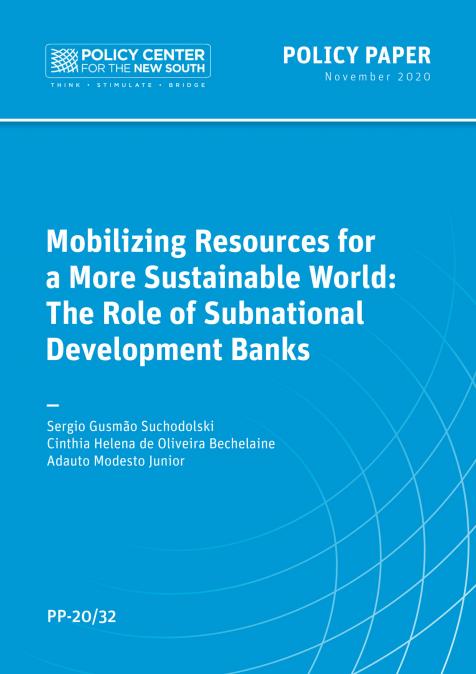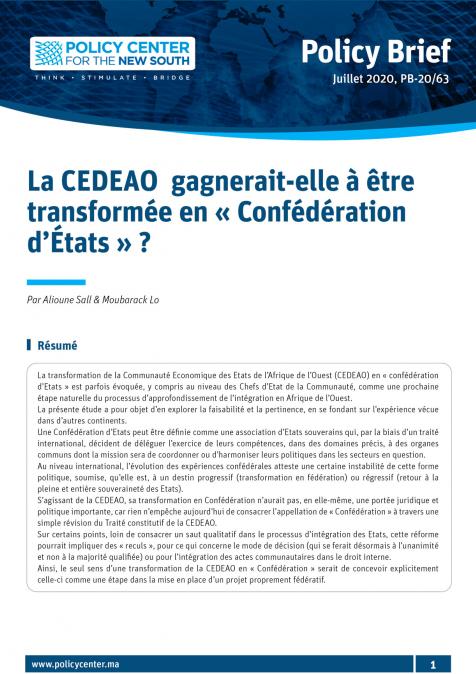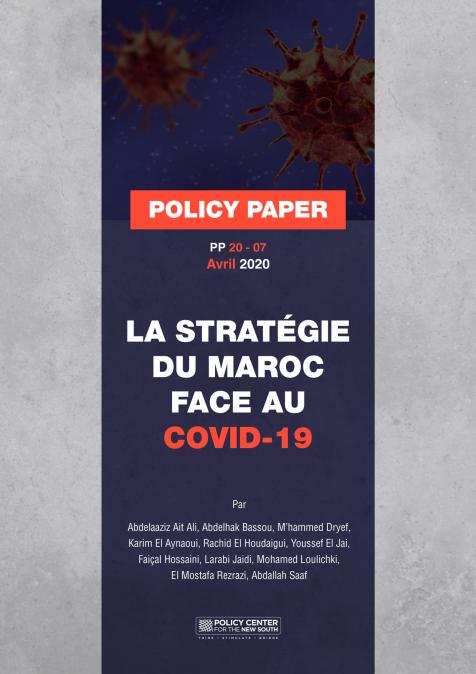Publications /
Policy Paper
This paper was originally published as a chapter within the Book, Foreign Exchange Constraint and Developing Economies, published on January 2023 (ISBN 978 1 80088 049 8).
The decade after the global financial crisis (GFC) of 2007–2009 saw signifi- cant changes in the volume and composition of capital flows in the global economy. Portfolio investments and other non-bank financial intermediaries (NBFIs) are behind an increasing share of foreign capital flows, while bank- ing flows have shrunk in relative terms. This chapter approaches the implica- tions of such a metamorphosis of finance for capital flows to emerging market economies (EMEs).
Changes in capital flows accompanied structural shifts in financial inter- mediation in capital-source countries, with NBFIs increasingly shaping the demand for and supply of liquidity in financial markets. The channels of systemic risk propagation have changed with the higher profile acquired by NBFIs, with leverage fluctuations through changes in margins rising in weight.
Risks associated with capital flows to EMEs have changed accordingly. Foreign capital potentially brings benefits to EMEs. However, wide swings in capital flows carry high risks to macroeconomic and financial stability, including the adverse effects of sudden stops to capital inflows and challenges faced by economies with weaker institutions and less-developed financial markets.
Capital inflows in emerging market economies are driven by both global and country-specific drivers. The abundance of global liquidity since the GFC has pushed investors to search for yield, with shifts in risk appetite becoming a source of fluctuations. On the other hand, changes in the macroeconomic fundamentals and institutional frameworks of EMEs have made investors more selective.
The weight of global factors came to the fore in the first half of 2020, when the financial shock in advanced economies caused by coronavirus outbreaks led to a substantive wave of capital outflows from emerging markets, with unprecedented speed and magnitude. The shock was mitigated subsequently by central banks’ counter-shock policy moves in source countries, as well as by EME policy tools in managing the risks associated with extreme shifts in capital flows.
The chapter first examines the metamorphosis of finance and of capital flows after the GFC, up to the shock to capital flows to EMEs during the 2020–2021 coronavirus crisis. Then we analyse the extent to which normali- zation of monetary policies in advanced economies may lead to shocks in those flows, as well as why exchange-rate fluctuations between the US dollar and other major currencies can affect capital flows to EMEs. Finally, we assess the range of policy instruments that EME policymakers tend to resort to when managing risks derived from capital-flow volatility.

